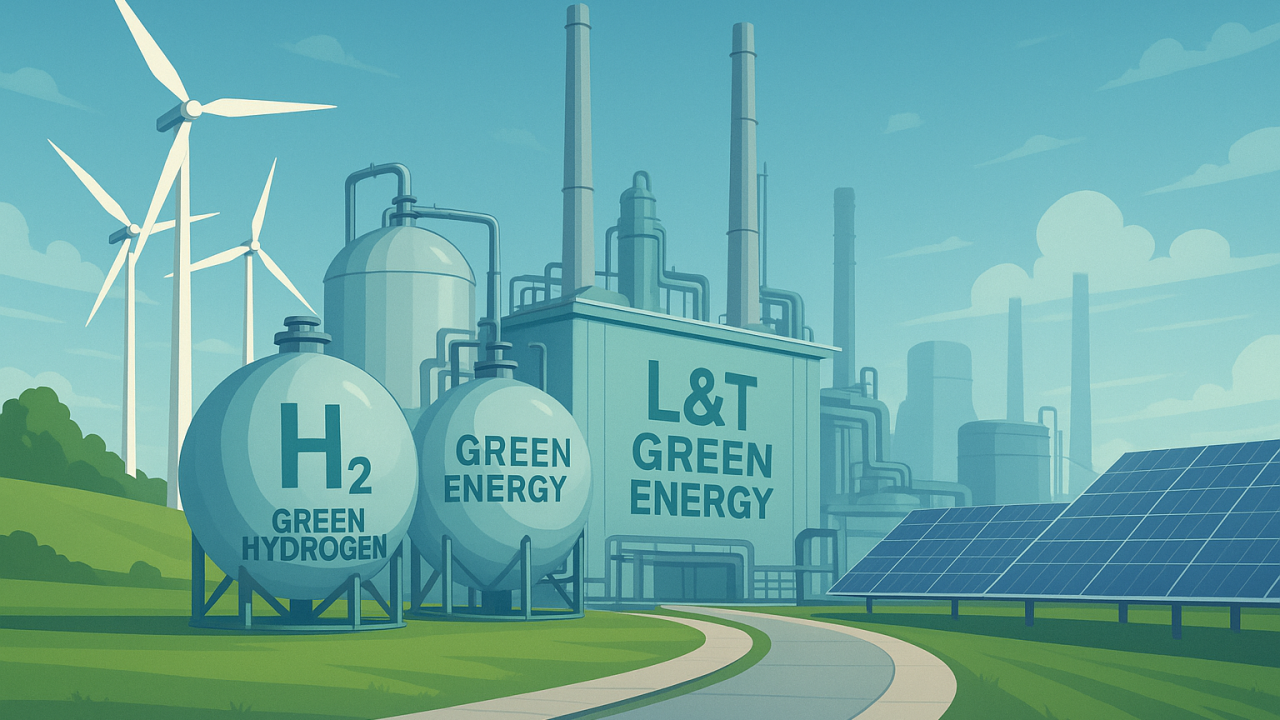Green hydrogen was once hailed as the savior of the energy transition: a clean, endlessly versatile fuel that could decarbonize steel production, aviation, shipping, and heavy industry. But the headlines of 2025 tell a different, more nuanced story. What we’re witnessing is not outright failure or triumph, but a reckoning as the energy world dismantles the hype and begins building what actually works.
The reality of low-emissions supply (and demand)
Let’s start with the numbers. Global hydrogen use in 2023 was around 97 million tonnes, but less than 1% of that came from low-emission sources. That’s not a reflection of indifference—it’s the result of entrenched infrastructure and grey hydrogen’s deep cost advantage. Even though policy momentum is growing, we’re still at a fraction of what’s needed to get on a net-zero trajectory.
Policy: A foundation or a gamble?
In the United States, the Inflation Reduction Act introduced a tiered tax credit—Section 45V—that awards green hydrogen producers up to $3 per kilogram, depending on their carbon footprint and brown-field upgrades. Finalized in early 2025, the rules clarify eligibility, accounting standards, and energy sourcing, giving developers a clearer roadmap to investment.
Yet uncertainty lingers. A newly passed tax law threatens to shrink or eliminate these incentives by 2026—years earlier than expected—putting multi-billion-dollar projects at risk. That said, the industry’s responsive lobbying resulted in an extension through 2028, buying time but not stability.
China and the electrolyzer race
Meanwhile, China is sprinting ahead in manufacturing electrolyzers. It accounts for half of recent electrolysis investments globally, underscoring its dominance on cost and capacity. Europe, facing import pressure, is debating how to balance openness with building domestic capabilities—lest hydrogen become the next solar panels.
Project Headwinds and Bottlenecks
Even with favorable tax credits, projects are encountering fierce headwinds. Financing, permitting, and securing long-term buyers have emerged as real barriers. The pipeline of projects that have reached final investment decision (FID) is still modest—3.4 million tonnes per year, compared to demand ambitions of 11 million tonnes by 2030. That gap signals energy policymakers must do more than attract announcements—they must close finance gaps, de-risk supply chains, and stimulate demand.
Strategic wins: Where green hydrogen truly excels
The most plausible short-term winners are industries that already rely on hydrogen—like refining, ammonia, and methanol production. Swapping grey for green hydrogen doesn’t require rebuilding the factory, just changing the feedstock. Green hydrogen is also gaining traction in green-steel projects, especially in Europe where regulatory signals like Carbon Border Adjustment Mechanisms are aligning with industrial decarbonization.
A market in formation, not fantasyland
The journey toward a hydrogen-powered future won’t follow a Hollywood script. It will unfold through scrappy federal policies, competence in manufacturing, regulatory tenacity, and real industrial offtake—not slogans. Where governments mandate usage, underwrite offtake, or stage transparent auctions, that’s where green hydrogen will land first.
